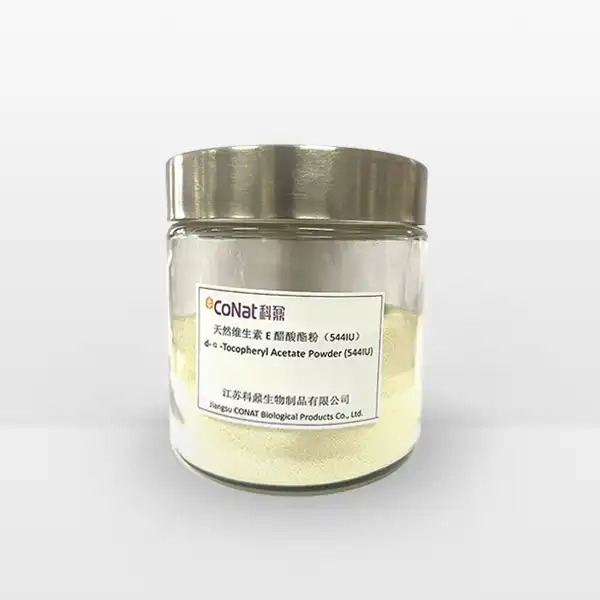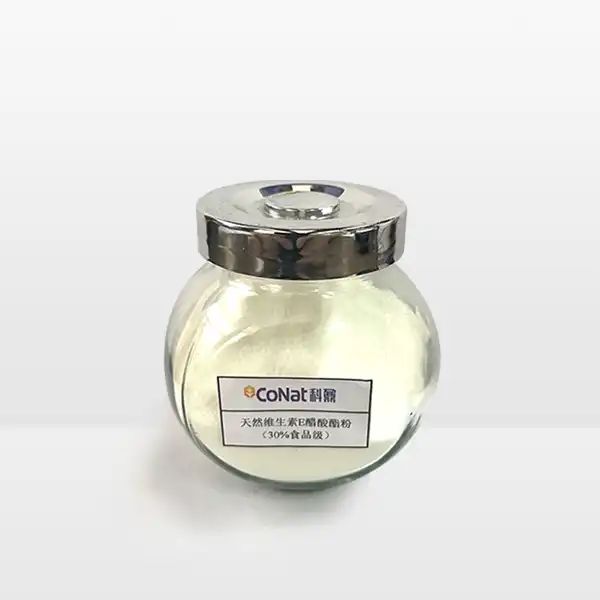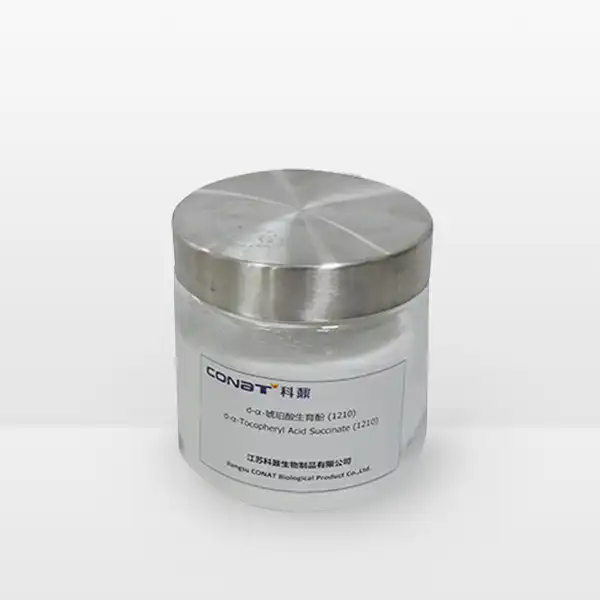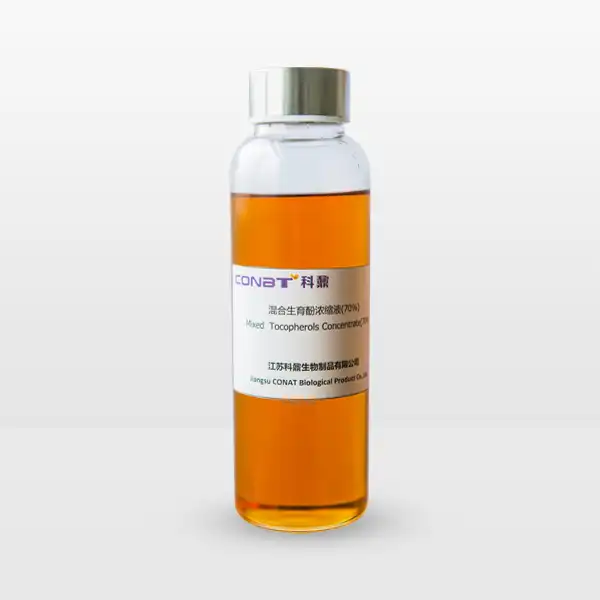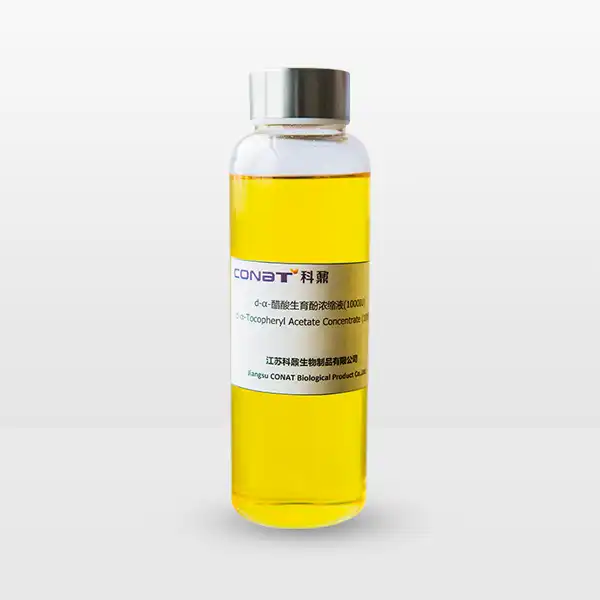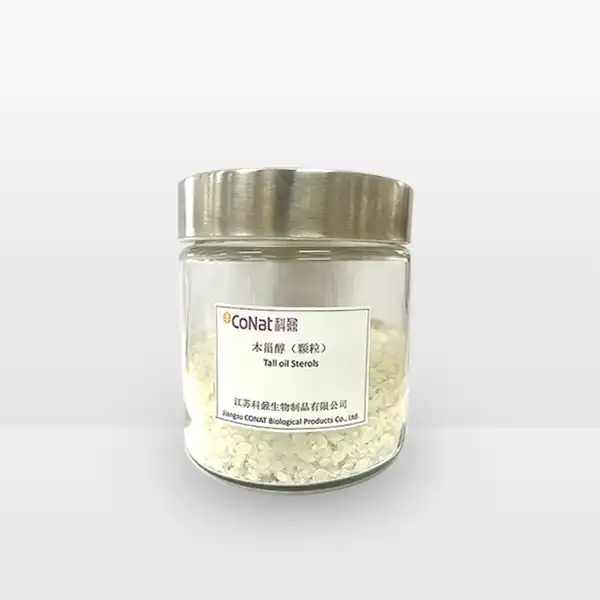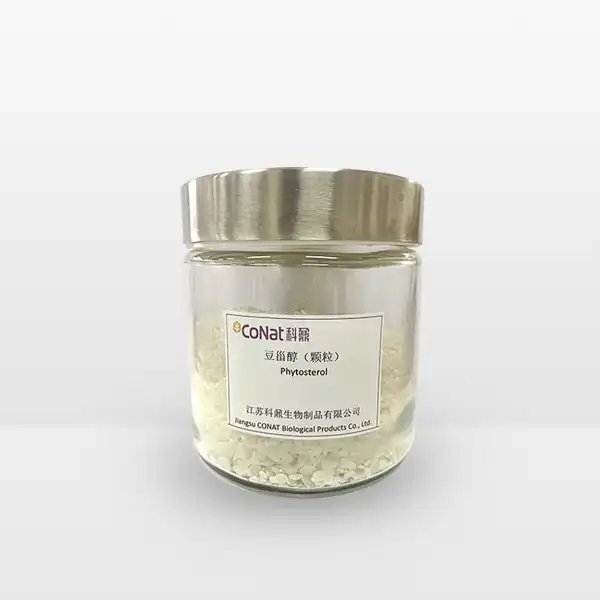- English
- French
- German
- Portuguese
- Spanish
- Russian
- Japanese
- Korean
- Arabic
- Greek
- German
- Turkish
- Italian
- Danish
- Romanian
- Indonesian
- Czech
- Afrikaans
- Swedish
- Polish
- Basque
- Catalan
- Esperanto
- Hindi
- Lao
- Albanian
- Amharic
- Armenian
- Azerbaijani
- Belarusian
- Bengali
- Bosnian
- Bulgarian
- Cebuano
- Chichewa
- Corsican
- Croatian
- Dutch
- Estonian
- Filipino
- Finnish
- Frisian
- Galician
- Georgian
- Gujarati
- Haitian
- Hausa
- Hawaiian
- Hebrew
- Hmong
- Hungarian
- Icelandic
- Igbo
- Javanese
- Kannada
- Kazakh
- Khmer
- Kurdish
- Kyrgyz
- Latin
- Latvian
- Lithuanian
- Luxembou..
- Macedonian
- Malagasy
- Malay
- Malayalam
- Maltese
- Maori
- Marathi
- Mongolian
- Burmese
- Nepali
- Norwegian
- Pashto
- Persian
- Punjabi
- Serbian
- Sesotho
- Sinhala
- Slovak
- Slovenian
- Somali
- Samoan
- Scots Gaelic
- Shona
- Sindhi
- Sundanese
- Swahili
- Tajik
- Tamil
- Telugu
- Thai
- Ukrainian
- Urdu
- Uzbek
- Vietnamese
- Welsh
- Xhosa
- Yiddish
- Yoruba
- Zulu
How Does Pure Natural Vitamin E Oil Help With Skin Healing?
Pure natural vitamin E oil has emerged as a powerful ally in skin healing and regeneration. This potent antioxidant, derived from natural sources like vegetable oils, nuts, and seeds, has gained significant attention in both dermatology and cosmetic science for its remarkable ability to support the skin's natural healing processes. Its molecular structure allows it to penetrate deep into the skin layers, where it works to accelerate healing, reduce inflammation, and protect cells from oxidative stress.
What makes pure vitamin E oil different from synthetic versions for skin care?
Natural vitamin E oil, scientifically known as d-alpha-tocopherol, stands distinctly apart from its synthetic counterpart in several crucial ways. The natural form possesses a molecular structure that perfectly aligns with our body's cellular receptors, resulting in superior absorption and utilization. This enhanced bioavailability means that natural vitamin E oil can more effectively penetrate the skin's layers to promote healing and regeneration.
When it comes to skin care, natural vitamin E oil demonstrates significantly higher potency compared to synthetic alternatives. Research has shown that natural vitamin E is approximately twice as bioactive as its synthetic counterpart, requiring lower concentrations to achieve the same therapeutic effects. This increased potency is attributed to its stereochemistry, which matches the body's preferred form of the vitamin.
The extraction process of natural vitamin E oil preserves its complete spectrum of tocopherols and tocotrienols, creating a synergistic effect that enhances its healing properties. These compounds work together to provide comprehensive skin protection and repair. The oil's natural form also contains beneficial co-factors and other nutrients that support its therapeutic actions, making it more effective in promoting skin healing and maintaining skin health.
Furthermore, natural vitamin E oil typically causes fewer adverse reactions compared to synthetic versions, making it suitable for sensitive skin types. Its molecular stability also ensures a longer shelf life and better resistance to oxidation, maintaining its therapeutic properties over time. The oil's natural composition allows it to better integrate with the skin's lipid barrier, supporting the maintenance of proper skin hydration and protection.
How long does it take for vitamin E oil to heal scars and wounds?
The timeline for vitamin E oil's healing effects on scars and wounds varies depending on several factors, including the type and severity of the skin damage, individual skin characteristics, and consistency of application. Understanding this timeline helps set realistic expectations for healing outcomes and ensures optimal use of the product.
For fresh wounds, vitamin E oil begins its protective and healing actions immediately upon application, though visible results typically emerge over weeks or months of consistent use. The initial phase of healing involves the oil's antioxidant properties protecting the wound site from oxidative stress and environmental damage. This protection is crucial during the first 48-72 hours after injury when the skin is most vulnerable.
In the case of surgical scars, studies have shown that regular application of Pure natural vitamin E oil can begin to show noticeable improvements within 8-12 weeks. The oil works by supporting the skin's natural collagen production and promoting proper tissue organization during the healing process. This helps minimize scar formation and improve the appearance of existing scars.
For older scars, the healing timeline may extend to 6-12 months of consistent application. During this period, vitamin E oil works to gradually break down excess scar tissue and promote the formation of healthier skin cells. The oil's moisturizing properties also help maintain skin elasticity, which is crucial for proper scar remodeling and reduction in scar appearance.
The healing process is enhanced when vitamin E oil is applied during the early stages of wound healing, as it can help prevent excessive scar formation. Regular massage during application also improves results by increasing blood circulation to the affected area and promoting better absorption of the oil's therapeutic components.
Can vitamin E oil reverse skin damage from sun exposure?
Pure natural vitamin E oil's role in addressing sun-damaged skin is particularly noteworthy, as it offers both immediate and long-term benefits for photoaged skin. This natural compound works through multiple mechanisms to help reverse and prevent further damage caused by UV radiation exposure.
At the cellular level, vitamin E oil acts as a powerful antioxidant that neutralizes free radicals generated by sun exposure. These free radicals are responsible for much of the visible skin damage we associate with photoaging, including fine lines, wrinkles, and uneven skin tone. By neutralizing these harmful molecules, vitamin E oil helps prevent further damage while supporting the skin's natural repair mechanisms.
The oil's photo-protective properties extend beyond its antioxidant activity. When applied regularly, it helps strengthen the skin's natural barrier function, making it more resilient to UV damage. This strengthening effect is particularly important for preventing future sun damage while the skin undergoes repair. Research has shown that consistent use of vitamin E oil can help reduce the appearance of sun spots and hyperpigmentation over time, typically showing significant improvements within 3-6 months of regular use.
Vitamin E oil's ability to support collagen production plays a crucial role in reversing sun damage. UV exposure can break down collagen fibers, leading to skin laxity and wrinkles. The oil helps stimulate new collagen formation while protecting existing collagen from degradation. This dual action helps improve skin firmness and elasticity, effectively addressing one of the primary signs of sun damage.
Furthermore, vitamin E oil's moisturizing properties help restore hydration to sun-damaged skin, which often becomes dry and rough. The oil's molecular structure allows it to penetrate deeply into the skin, providing lasting hydration that helps repair the skin's moisture barrier and improve overall texture and appearance.
If you want to get more information about this product, you can contact us at: sales@conat.cn.
References:
1. Journal of Clinical Medicine (2021): "Natural Vitamin E and Skin Health: A Comprehensive Review"
2. Dermatology Research and Practice (2023): "Comparative Analysis of Natural versus Synthetic Vitamin E in Skincare"
3. International Journal of Molecular Sciences (2022): "The Role of Vitamin E in Wound Healing and Scar Management"
4. American Journal of Clinical Dermatology (2023): "Antioxidants in Dermatology: Focus on Vitamin E"
5. Skin Pharmacology and Physiology (2022): "Natural Vitamin E: Bioavailability and Therapeutic Applications"
6. Journal of Cosmetic Science (2023): "Photoaging Prevention: The Role of Topical Antioxidants"
7. Clinical, Cosmetic and Investigational Dermatology (2021): "Wound Healing Properties of Natural Vitamin E"
8. Archives of Dermatological Research (2022): "Vitamin E in Scar Management: Evidence-Based Review"
9. Journal of Investigative Dermatology (2023): "Mechanisms of Vitamin E in Skin Repair and Protection"
10. European Journal of Dermatology (2022): "Natural Antioxidants in Skin Health and Healing"
YOU MAY LIKE
